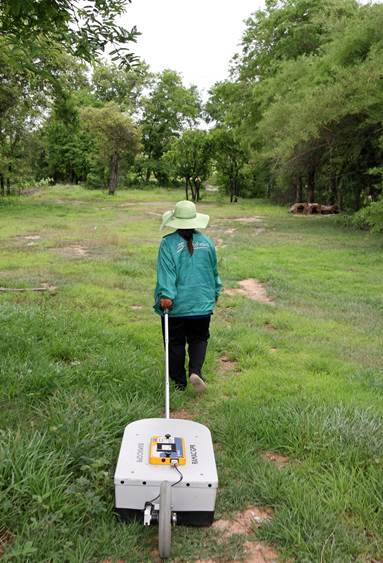THE INVISIBLE MOATS OF THE MUN RIVER VALLEY, NE THAILAND: THE EXAMINATION OF WATER MANAGEMENT DEVICES AT MOUNDED SITES THROUGH GROUND PENETRATING RADAR (GPR)
DOI:
https://doi.org/10.7152/jipa.v40i0.14895Abstract
The Mun River valley is well known for its moat-bound mounded archaeological sites that are usually associated with Iron Age occupation (~500BC- AD500). The investigation of these sites has provided a wealth of information on the changing social and environmental conditions during prehistory. In recent years, research has identified a greater diversity of site morphologies in the region, many of which, importantly, do not appear to have moats surrounding them. This paper seeks to investigate whether the apparently ‘non-moated’ mound site of Non Klang (Nong Hua Raet village) was actually moated in the past, and if such, now in-filled features can be investigated through non-destructive Ground Penetrating Radar methodology. Additionally, while large external moats can be observed in the modern day topography at sites such as Ban Non Wat, excavation has demonstrated that further, invisible, water management features exist beneath the surface within the current mound boundary of the site. These are probably Iron Age precursors to the later more extensive and still visible moats. This paper seeks to answer several fundamental questions: What application can GPR have at mounded sites in Southeast Asia? Do invisible moats exist? How will this affect our understanding of the broader prehistoric landscape in the Upper Mun River Valley?

